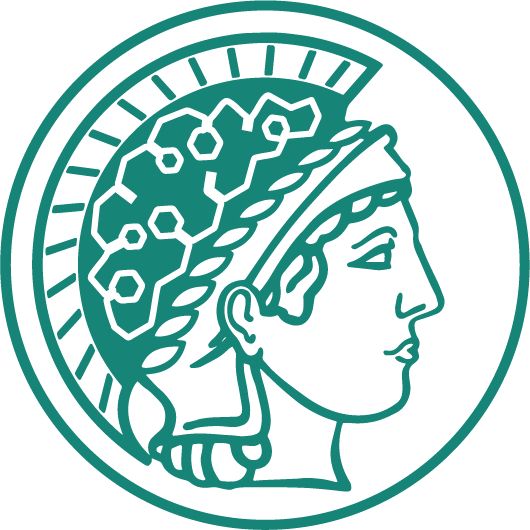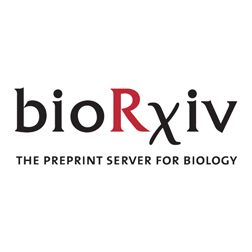Karolis Degutis
@karolisdegutis.bsky.social
110 followers
160 following
16 posts
Postdoc @ Campus Biotech | EPFL
High resolution imaging
Posts
Media
Videos
Starter Packs
Reposted by Karolis Degutis
Reposted by Karolis Degutis
Reposted by Karolis Degutis
Romy Lorenz
@romy-lorenz.bsky.social
· Aug 30
Reposted by Karolis Degutis
Reposted by Karolis Degutis
Reposted by Karolis Degutis
Reposted by Karolis Degutis
Denis Chaimow
@denischaimow.bsky.social
· Feb 20

Challenges in replicating layer-specificity of working memory processes in human dlPFC
Although working memory reliably activates the dorsolateral prefrontal cortex (dlPFC), the functional significance of its distinct cytoarchitectonic layers is not well understood in humans. A recent f...
www.biorxiv.org
Reposted by Karolis Degutis
Reposted by Karolis Degutis
Jaan Aru
@jaanaru.bsky.social
· Jan 13
Reposted by Karolis Degutis
Earl K. Miller
@earlkmiller.bsky.social
· Sep 27

Dynamic layer-specific processing in the prefrontal cortex during working memory - Communications Biology
Layer-specific imaging of the human dorsolateral prefrontal cortex reveals distinct laminar responses to working memory load and dynamic coding of working memory trial phases.
www.nature.com
Reposted by Karolis Degutis
Earl K. Miller
@earlkmiller.bsky.social
· Apr 18
Reposted by Karolis Degutis






